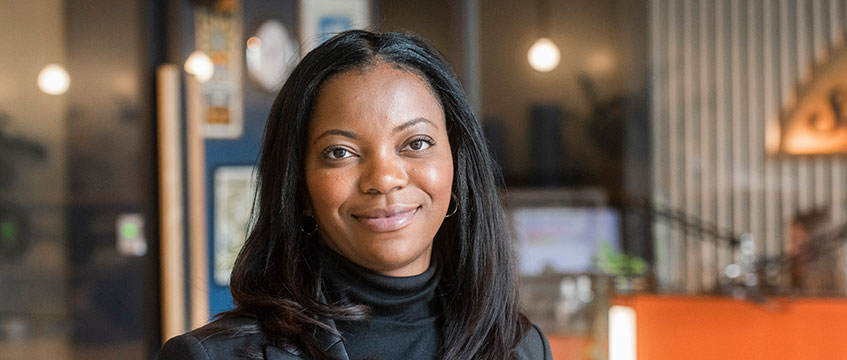COMMENT Consultation has been a statutory part of the planning application process since the Town and Country Planning Act 1947 established our planning system. Public consultation is the nod to public democracy, alongside committee approval, for a locally approved change in land use, subsequent development and the anticipated increase in value, which the 1947 Act effectively “nationalised”.
Given that the system is a key factor of production in how our industry creates and renews its products, you might expect, in the 77 years since 1947, that developers would have perfected their approach to a central aspect of the process to balance their aims with society’s needs.
Evolution around consultation has been slow, however, partly because of developers’ aversion to controversy. This intensified as public disillusionment with development, or plain nimbyism, arose. Consultation became a “tick-box exercise” – a time-limited display of panels in a local venue with an address to respond to, if you had time.
Air of unaccountability
No one checked up on the effectiveness of this minimal “consultation”, which generated an air of unaccountability and public lack of interest and agency. Trust between developers and communities wore thin. There is also fear around the perceived risk of creative and community-involving “engagement” – the activity that is replacing traditional “consultation” – to improve the ineffective relationship between need and provision.
Effective engagement is what an increasing cohort of developers and their teams believe is essential to obtain better outcomes for themselves, communities and stakeholders, and to achieve ESG objectives. This approach is enabled, and made essential, by the ubiquity of digital information and platforms that deliver access to all conveniently.
There was a “democratic deficit” in traditional consultation because it involved assuming what people wanted and presenting those ideas, rather than offering a canvas on which consultees might describe their ambitions and desires in order to influence outcomes. Social media has further transformed that landscape.
The big issues
It is impossible to please everyone in development. And that is another reason that consultation is evolving into engagement – to find a demonstrably more effective route to the most correct, democratically acceptable answers. For Socius it has paid off.
We found consultation insufficiently nuanced. We knew that we needed to discover what the big issues were in the places where we wanted to develop. Listening, we realised, is a key skill, as is the ability to collaborate with local organisations. Development is no longer about what you as a developer think will work. You need democratic approbation.
People live flexible, diverse lives, so we needed to reach them at their convenience, not ours, and provide them with the opportunity to respond. We switched to digital and social media, via platforms such as Give My View, to reach out beyond those who have time to respond. To younger people who assume they have no agency, to those with families and jobs who lack time, to people generally who feel their views will be ignored.
The more people we speak to, the happier we are, and the happier people seem to be with our proposals. We seek “the silent majority”, who were excluded from consultation.

Winning support
We also start in a different place compared with traditional consultations. It’s not: ‘This is what we’ve done, do you like it or not?’ Our launch point is: ‘What do you want to see?’ Then we can begin to incorporate those community aspirations and win support for our ambitions.
We may find disagreement, but in reaching out using digital channels, we find more support because we reach more people who would not previously have responded. Where we used to get tens of people responding, we now get several hundred, or even thousands.
The other way we incentivise responses is by donating money to local charities on responders’ behalf. We seek out partners to help generate responses – coffee shops, parent and children’s organisations, voluntary organisations, libraries, schools, etc – entities that local people know and trust.
Three pillars
These are the three pillars of our approach – we listen to enable co-creation and collaboration; we use diverse ways to reach out to people by using digital channels and incentivising responses; we don’t expect people to come to us, especially those who feel marginalised.
The more we listen and learn, the more we can deliver what people want. We make our whole development team get involved and give us feedback from the responses they encounter. By doing this we achieve planning consent more quickly, improving viability.
It is vital to enable people to engage with what they can genuinely influence, rather than be distracted by the level of detail that they cannot realistically control. We also aim to explain our general ambitions, so people understand the “why” of them. But before we produce detailed proposals we find out what people want – for example, in a park they’ve said they would like – so that when we do present designs, they reflect local and specific ambitions. That’s how we devised the key elements in the Devonshire Gardens project we are delivering on behalf of Railpen in Cambridge.
We believe in engagement, not just consultation – in working together to create something people want. And to find that out, you have to create circumstances in which they can speak, you listen, and they can then see that you’ve done that.
Olaide Oboh is executive director at Socius











